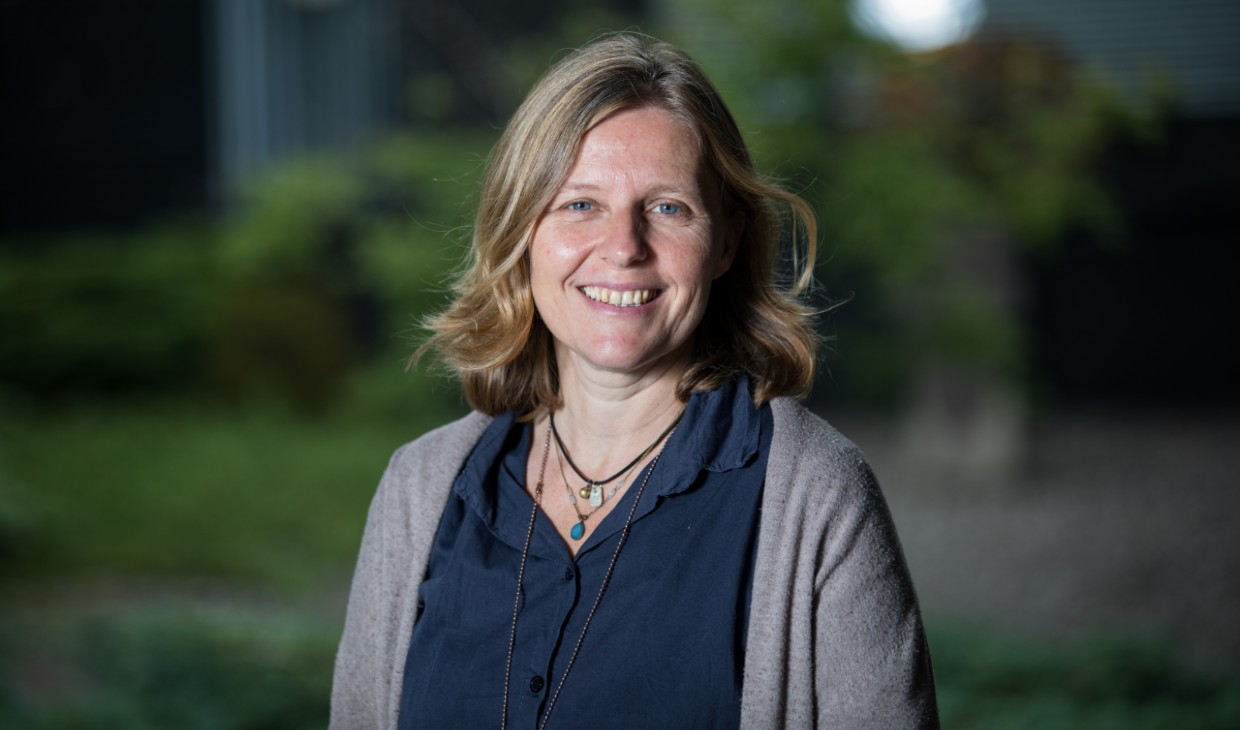New research from aquaculture experts at the University of Stirling could help improve the welfare of farmed lumpfish – a species vital to tackling the problem of sea lice in salmon.
The new study – led by the University’s Institute of Aquaculture and research institute Fiskaaling, in the Faroe Islands – found that liver colour is an important indicator of general welfare in lumpfish, which are increasingly being used by the salmon industry to naturally remove parasites.
The research – published in Nature Scientific Reports – identified correlations between liver colour and the nutritional, welfare and health status of the species, as well as other commonly used indices including fin damage and skin lesions.
The team sampled lumpfish for welfare indicators, liver colour and stomach contents, and collected lumpfish liver samples, at a number of sea farms. Posterior nutritional and histopathological analysis of the samples was carried out at the Institute of Aquaculture.

Dr Sonia Rey Planellas led Stirling's involvement in the study.
Dr Sonia Rey Planellas, who led the University of Stirling’s contribution to the study, said: “Our study found that lumpfish are predominantly generalists and opportunistic feeders when in cages – and this is impacting on their health and welfare.
“We were able to identify different liver colours that correlate with their health and welfare status. This technique could be used by the industry to identify any issues, and to modify husbandry and feeding – such as supplementing lumpfish feeds with essential nutrients and pigments, as necessary.
“Ultimately, this study will help to improve the development of the fish in hatcheries and when they are deployed in sea farms with the salmon – which is important because their welfare must be maintained to enable them to remain efficient and eat the sea lice from salmon.”
Collaboration
The project was conducted in the Faroe Islands, in collaboration with Dr Kirstin Eliasen, of Fiskaaling, and Esbern Patursson, of salmon farming company Hiddenfjord. Stirling masters student Enrique Pino Martinez, and Institute of Aquaculture staff Dr Monica Betancor, Dr Johanna Baily, Dr Bruce McAdam, and Dr Bernat Morro Cortes also provided support.
The study – Liver colour scoring index, carotenoids and lipid content assessment as a proxy for lumpfish (Cyclopterus lumpus L.) health and welfare condition – was funded by Fiskaaling, HiddenFjord, the Fisheries Society of the British Isles, and the Scottish Aquaculture Innovation Centre.

